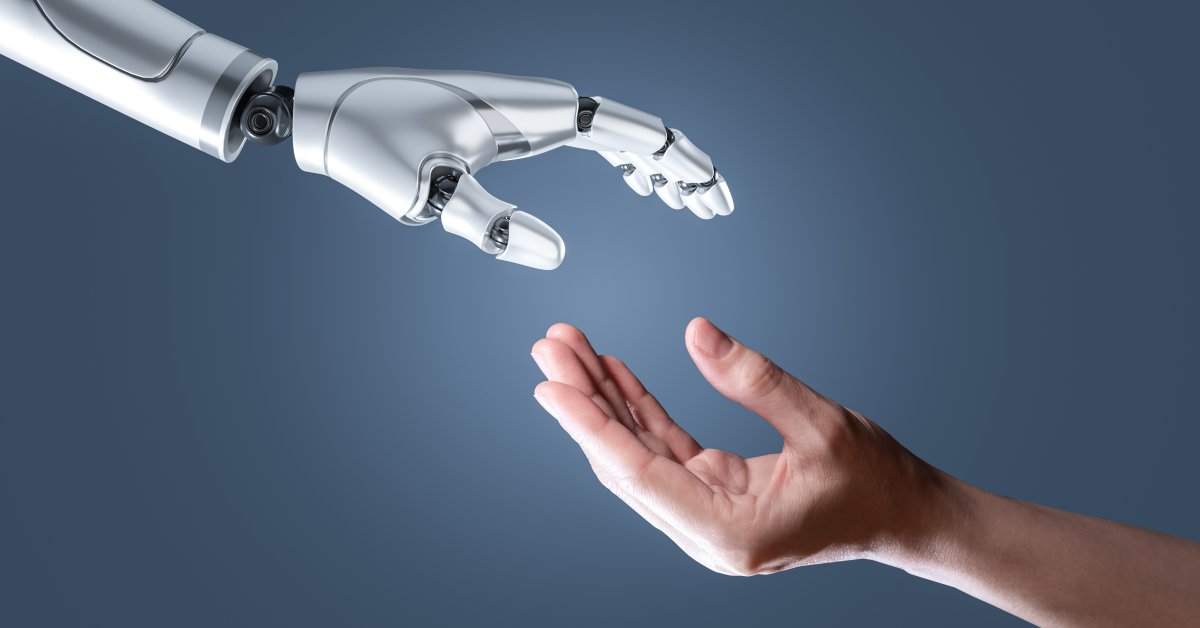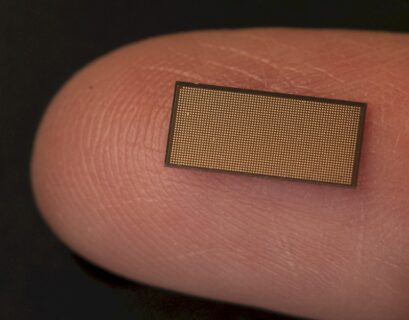A video released by a robotics company showcases a humanoid robot, Figure.ai’s “Figure 01”, demonstrating the process of making coffee by observing and correcting its mistakes in real time. The robot picks up a coffee capsule, inserts it into a coffee machine, closes the lid, and activates the machine, all while learning from human actions.
While the specific underlying systems remain undisclosed, Figure.ai has secured a partnership with BMW to supply humanoid robots for automotive production, as announced on Jan. 18 through a press release.
Typically, AI-powered robotics excel in specific domains rather than being versatile across various tasks. Figure 01, however, reportedly learned the coffee-making process by merely observing 10 hours of footage, suggesting a significant advancement in robotic learning capabilities.
To replicate tasks like making coffee or mowing the lawn, a robot would need to integrate expertise from multiple domains, which is challenging to program comprehensively. Figure 01’s ability to learn by observation signifies a substantial breakthrough in robotic technology.
One key aspect is the robot’s visual processing, enabling it to recognize and replicate essential steps accurately. By analyzing video data, developing predictive models, and translating visual information into physical actions, the robot can mimic intricate movements effectively.
Moreover, the utilization of neural networks, inspired by the brain’s functioning, enhances the robot’s learning process. The feedback mechanism strengthens neural connections, optimizing the robot’s performance based on successful actions.
The concept of self-correction is pivotal for Figure 01, especially considering its potential applications beyond coffee-making. The robot’s ability to identify and rectify errors, such as overfilling a cup or incorrect pod insertion, showcases its precision and adaptability. Through reinforcement learning, the robot refines its actions based on observed outcomes, a crucial feature for navigating complex environments.
While Figure 01’s capabilities demonstrate significant progress in robotics, experts caution that addressing environmental variations and achieving human-level adaptability remain challenges. Despite its advancements, Figure 01 is viewed as a promising initial step rather than a fully matured product in the quest for intelligent humanoid robotics.










